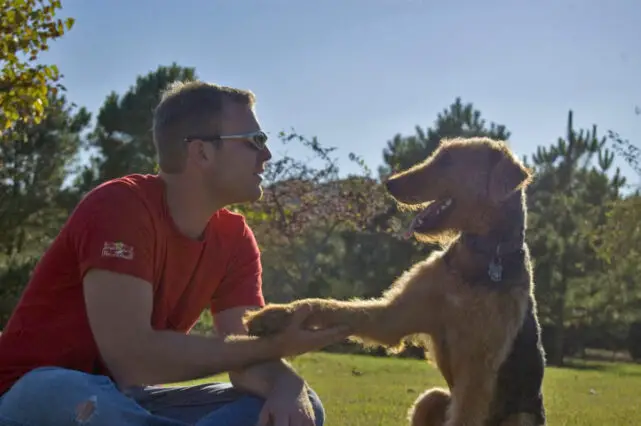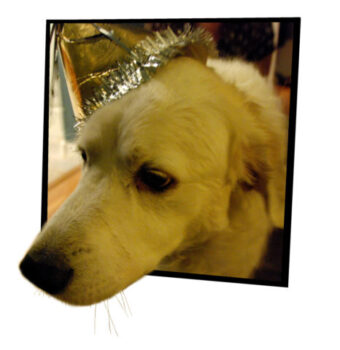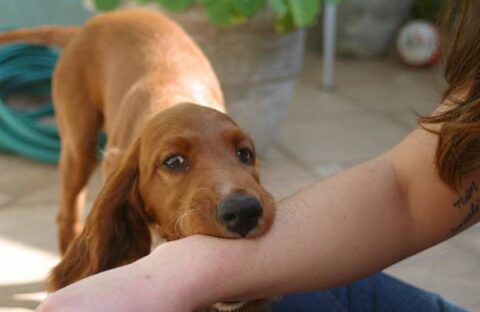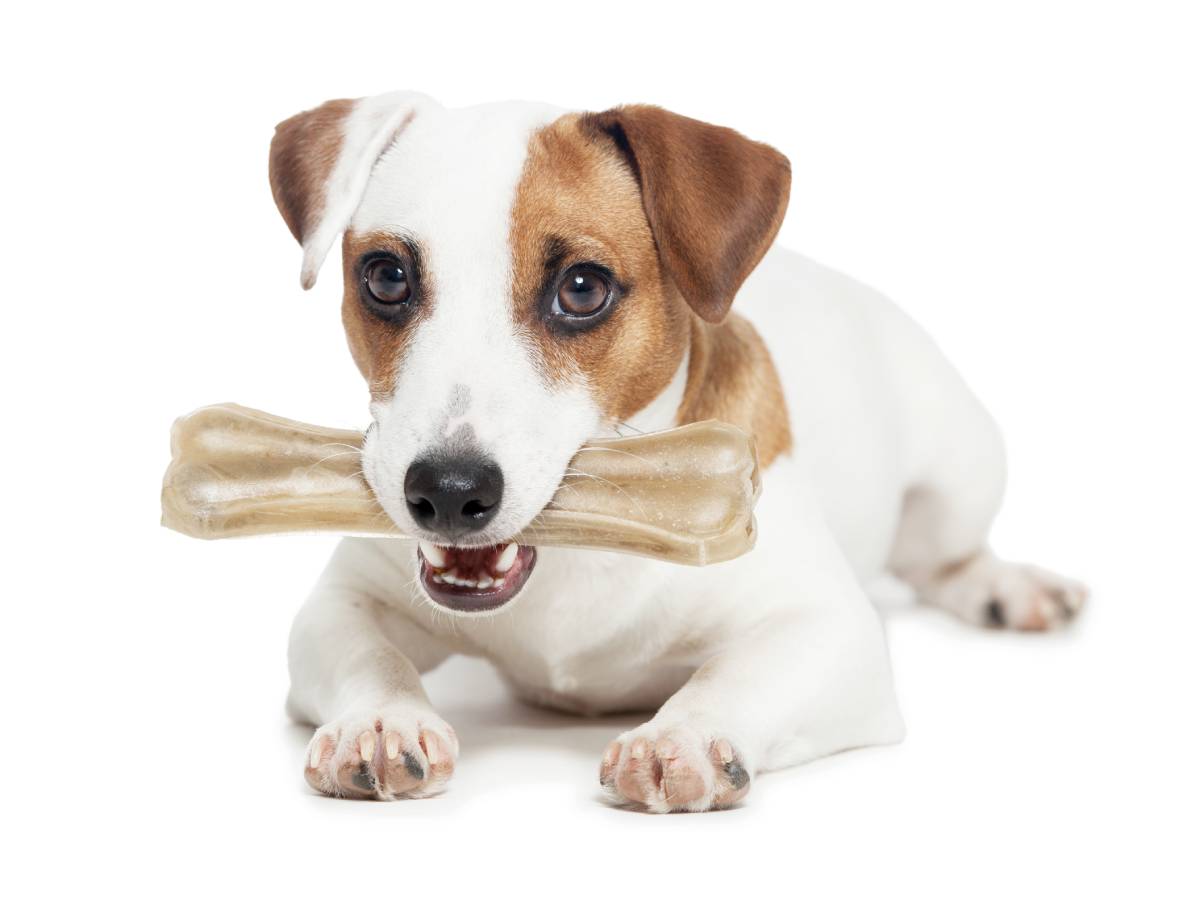 After your dog learns all of the basic dog commands, he will use them throughout his life to stay safe and to communicate with you and other people.
After your dog learns all of the basic dog commands, he will use them throughout his life to stay safe and to communicate with you and other people.
Beyond that, you may want to teach your dog any number of dog tricks.
There are lots of reasons to teach your dog new tricks — not the least of which is to build your dog’s confidence level while giving him something fun to do, like a hobby.
In addition, dog tricks will ultimately help to keep your dog’s mind sharp and his daily exercise level high.
Dog trick training is not as serious as say dog obedience training but it does provide many of the same benefits – to you and your dog. Source
Following are 5 simple tips for teaching any dog any trick…
5 Keys To Successfully Teaching Dog Tricks
No matter which particular dog trick you’re working on, teaching dog tricks requires these 5 things every single time:
TIP #1: Eye contact is a must because you need to have your dog’s full attention.
It’s critical that you have your dog’s full attention throughout the entire training process — no matter how short or how long it may be. As soon as your dog gets tired, becomes disinterested, or stops looking at you, then it’s time to quit the training session and come back to it the very next day.
Research conducted at the University of Florida focused on the role of eye contact and facial cues in influencing canine behavior. Earlier studies have suggested that dogs seem to know when they are being watched and even wait to perform forbidden behavior like digging in the garden when they know their owners aren’t looking. Source
TIP #2: Start with a handful of treats (…or a pocketful, or a bag full).
I highly recommend Biljac frozen dog food (thawed) or Biljac liver treats (non-frozen). They’re both soft and pliable in your hands and extra meaty to your dog! Plus, they’re small, pellet-sized pieces — so your dog won’t have to spend much time chewing and he won’t get full during the training process.
Once he has finished his treats, let your dog go back to whatever he was doing before you gave the command. This is very important. One reason many dogs fail to come when they are called, is that the word “come” becomes a signal that their fun is about to end. For example, when you call your dog inside before you leave for work, your dog knows that it means playtime is over. Avoid letting him make this connection by allowing him to go back to whatever he was doing before you began to practice [this new dog trick]. This makes it doubly rewarding – he gets treats and he gets to go back to his fun. Source
TIP #3: Decide which word or phrase you are going to assign to this new dog trick.
The easiest dog trick ever is to start with some behavior that your dog already does on his own, and just give it a name. Because then it becomes a dog trick that can be done on command! Be sure to choose a word (or phrase) that will sound appropriate in public and that rolls off your tongue easily. Here are some more tips for choosing the best words or commands for dog tricks.
Part of training is teaching a dog to perform a certain behavior and another part is teaching them to do it on cue. If your dog already exhibits the behavior, then all you have to do is put that behavior on cue. And that’s another reason I like teaching dogs to do tricks—it’s often half done before I even start! Source
TIP #4: Set things up so that your dog will succeed every time he attempts a new trick.
That means, once you say the command for this new trick, you want it to be easy enough that your dog can do it — even in a small way. Every little step in the right direction deserves a huge amount of praise and a reward. Never set your dog up to fail — which means don’t make things too difficult for him, especially in the beginning. You want him to succeed every single time you ask him to do something.
Set your dog up to succeed. If your dog isn’t getting it, the behavior probably needs to be broken down into smaller steps. Source
TIP #5: Reward your dog immediately for even the smallest successes.
Rewarding your dog serves as positive reinforcement that he has done something that you approve of. The best type of reward is to simply display huge amounts of praise and excitement while hugging your dog — because your dog gets important cues from your own emotions and behaviors. In addition, you should use treats in order to connect that praise with something that your dog likes best: his favorite treats. You may also want to use a clicker to provide immediate reinforcement when you’re training your dog to do new tricks.
In simple dog training terms, positive reinforcement means that you give your dog a reward when he does a behavior you like, which has the effect of strengthening (or increasing the rate of) that behavior. For instance, if a dog sits and then you promptly give him a food treat, he will be more likely to sit again, hoping to earn another food treat. Remember… positive reinforcement makes a behavior more likely to occur again. Source
In Sum…
Every time you want to teach your dog a new trick, you should go through the above steps up to 10 times in a row (or until it becomes difficult for you to find success in your dog’s actions).
Then, let your dog play or do something that he thoroughly enjoys. That way, his mind is completely off the process of learning a new dog trick.
Finally, repeat the entire process again within 24 hours.
Continue for several days in a row until it is clear that your dog has definitely learned this new trick and whenever you mention the command word, he knows precisely what it means.
Consistency is the key when teaching dog tricks!
I like to help Dog Parents find unique ways to do things that will save time & money — so I write about “outside the box” Dog Tips and Dog Hacks that most wouldn’t think of. I’m a lifelong dog owner — currently have 2 mixed breed Golden Aussies that we found abandoned on the side of the road as puppies. I’ve always trained my own dogs and help friends train theirs, as well. Professionally, I worked at a vet and have several friends who are veterinarians — whom I consult with regularly. (And just because I love animals so much, I also worked at a Zoo for awhile!) I’ve been sharing my best ideas with others by blogging full-time since 1998 (the same year that Google started… and before the days of Facebook and YouTube). My daily motivation is to help first-time dog owners be better prepared from the first day your new puppy enters your home. I like to help dog owners understand what’s ‘normal’ and what you can expect in terms of living with and training your dog — how to get through the ups & downs of potty training, chewing, teaching commands, getting your dog to listen, and everything else that takes place during that hectic first year! When I’m not training, walking, grooming, or making homemade treats for my dogs, you will find me at the corner of Good News & Fun Times as publisher of The Fun Times Guide (32 fun & helpful websites). To date, I’ve written over 600 articles for dog owners on this site! Many of them have upwards of 200K shares.









